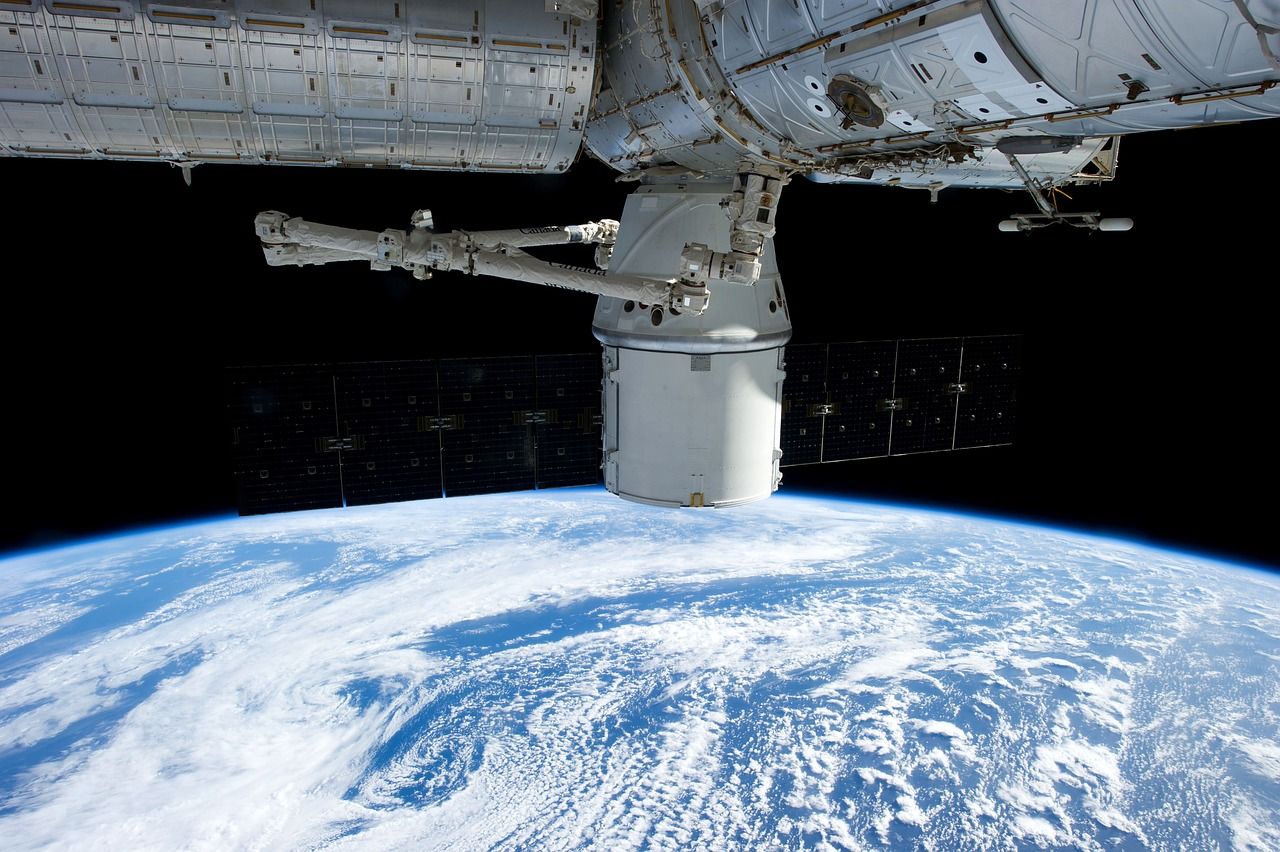Satellites

Satellites are an integral part of modern life, facilitating communication, navigation, and remote sensing across the globe. Satellites have become indispensable tools in various fields, from governmental agencies to private corporations. This article delves deep into the world of satellites, exploring their technology, types, applications, and the major players in the satellite industry.
Satellites are artificial objects placed into orbit around celestial bodies, such as Earth, to serve various purposes. Depending on their mission and required capabilities, they can be as small as a shoebox or as large as a school bus. Most satellites orbit the Earth, while others are sent to orbit the Moon or other planets in our solar system. The technology employed in satellites are highly advanced and vary based on their intended function. However, most satellites have a few common components:
- Power source: Solar panels are commonly used to generate electricity, which is then stored in batteries for use when the satellite is in Earth's shadow.
- Communications: Antennas and transponders facilitate communication and internet services between the satellite and ground stations (or other satellites).
- Propulsion: Small thrusters enable satellites to adjust their orbits and maintain their position.
- Payload: The instruments or equipment needed for a satellite's mission, such as cameras, sensors, transmitters, etc.
Satellites serve numerous purposes, and some are designed to fulfill multiple roles. These multi-mission satellites can provide various services, such as communications, navigation, and Earth observation, offering increased versatility and cost-effectiveness.
There are various types of satellites, classified based on their function or orbit:
- Communication satellites: These satellites facilitate long-distance communication by relaying signals between ground stations to provide internet access and telecommunications services (like Starlink).
- Earth observation satellites: These satellites collect data on Earth's surface, atmosphere, and oceans, aiding in weather forecasting, environmental monitoring, resource management, and military observation.
- Navigation satellites: Global navigation satellite systems (GNSS), like GPS, GLONASS, and Galileo, provide precise location and timing information.
- Space science satellites: These satellites are designed to study celestial bodies, deep space phenomena, or Earth's magnetosphere.
- Military satellites: These satellites serve national defense purposes, such as reconnaissance, surveillance, and secure communication.
Satellite-based internet services use a network of orbiting satellites to provide internet access, which makes it ideal for remote areas where land-based infrastructure is not available. Starlink, developed by SpaceX, is a well-known example of this type of service. Other players in the market include HughesNet, Viasat, and OneWeb. These companies offer high-speed internet access with speeds ranging from 50 Mbps to 500 Mbps, depending on the service. As more companies invest in building and expanding their satellite networks, satellite-based internet services are likely to become more widely available and affordable for people around the world.
Government and Corporate Use of Satellites
Governments use satellites for various purposes, including national security, environmental monitoring, and scientific research. Additionally, satellites play a vital role in disaster management and humanitarian efforts. Corporations employ satellites for communication, broadcasting, and remote sensing to support their operations.
The United States, Russia, China, and the European Union are the largest players in the satellite industry, possessing the most significant number of satellites in orbit. While governments have traditionally dominated satellite ownership, the private sector has gained prominence. Companies such as SpaceX, Blue Origin, and OneWeb play crucial roles in satellite deployment and technology development.
Number of satellites by entity:
- SpaceX and USA: 5000+
- China: 600+
- United Kingdom: 550+
- Japan: 200+
- Russia: 170+
- India: 100+
Military and Intelligence Use Cases of Satellites
Satellites play an indispensable role in military and intelligence operations worldwide. One of the primary functions of military satellites is reconnaissance and surveillance. These satellites have high-resolution cameras and sensors to capture detailed images of Earth's surface, including military installations, troop movements, and other strategic assets. This information is crucial for decision-makers to assess potential threats, plan military operations, and monitor ongoing conflicts.
Another significant use case of satellites in the military context is secure communication. Military satellites are designed to provide jam-resistant and encrypted communication channels, ensuring that sensitive information can be transmitted without interception by adversaries. These satellites also enable coordination between military branches to enhance situational awareness for troops on the ground, at sea, or in the air.
SpaceX's Contract with the Department of Defense: Starshield
SpaceX, founded by Elon Musk, has become the largest player in the satellite industry due to its ambitious projects and innovative technologies. The company has secured significant contracts with the U.S. Department of Defense (DoD), providing launch services for military satellites and other defense-related payloads, and Satellite access to SpaceX's 3600+ satellites. These contracts not only demonstrate SpaceX's technical prowess and cost competitiveness but also highlight the growing collaboration between private space companies and government agencies.
The advanced satellite technology employed by the U.S. military and SpaceX has made it one of the most aware and informed military forces globally. High-resolution imaging, real-time data transmission, and secure communication channels provided by satellites have revolutionized how the U.S. military conducts intelligence gathering and analysis. By continuously monitoring potential adversaries and closely monitoring global hotspots, the U.S. military can stay one step ahead of potential threats and make informed decisions to ensure national security.
Moreover, satellite-based intelligence has become critical to the broader intelligence, surveillance, and reconnaissance (ISR) infrastructure. The integration of satellite data with other intelligence sources, such as signals intelligence (SIGINT), human intelligence (HUMINT), and geospatial intelligence (GEOINT), allows the U.S. military to develop a comprehensive understanding of the strategic landscape and rapidly respond to emerging situations. In conclusion, satellites have become a widely used technology by companies and governments for internet, intelligence operations, reconnaissance, surveillance, and communication capabilities.
Thanks for reading!
Article Links:

TIME IS MONEY: Your Daily Scoop of Markets📈, Business💼, Tech📲🚀, and Global 🌎 News.
The news you need, the time you want.
Site link ⬇:



